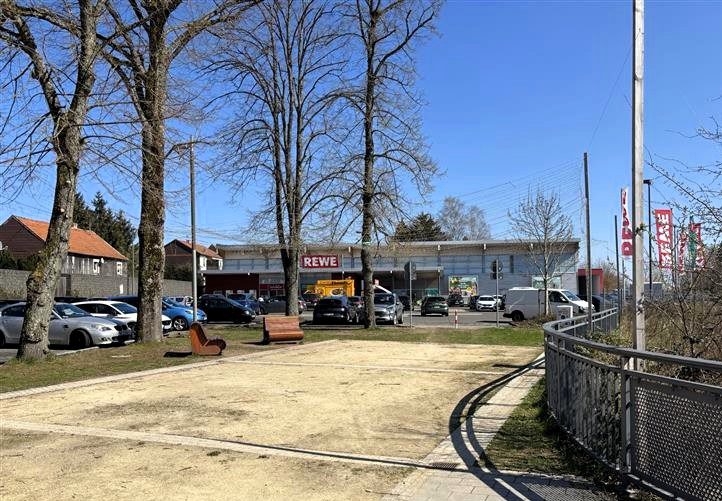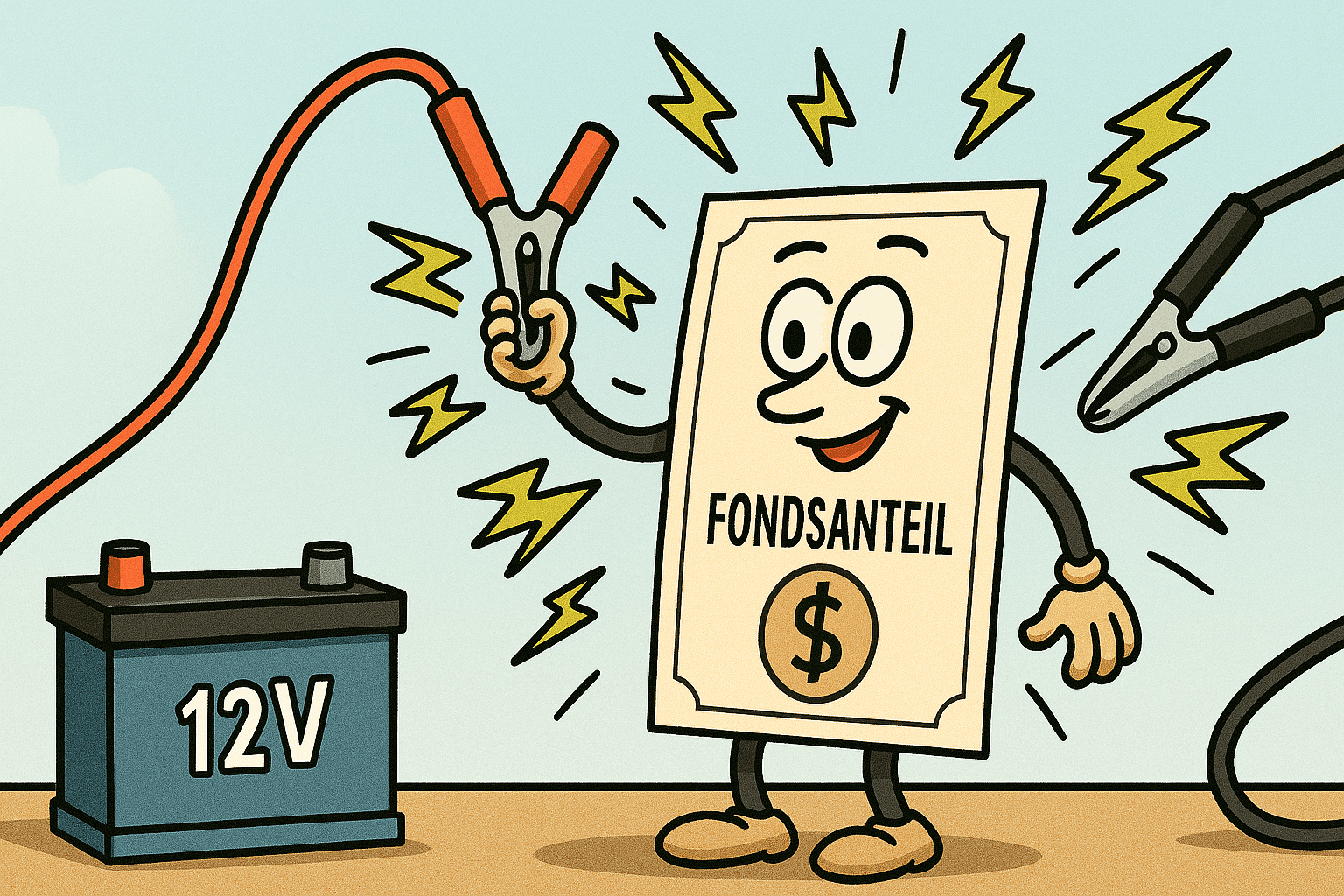Problem properties pose special challenges for asset and property managers: maintenance backlogs, technical deficits or organisational deficiencies characterise the picture. The work is time-consuming and personnel-intensive, but at the same time it also offers opportunities to take over the management of problem properties. This is because new business potential can be tapped and the orders are often better remunerated due to the higher effort. At the invitation of Rueckerconsult, four experts discussed how to get a grip on problem properties as part of the online panel series “Asset and Property Management in Practice”: Thomas Heidelberger, Managing Director of REIC, Jürgen Hau, Managing Director of INDUSTRIA Immobilien, Carolin Dose, Managing Director of Asset Management at HIH Real Estate, and Catherine Luithlen, Head of Asset Management Europe at Manova Partners.
What makes a property a problem case?
“A problem property is a challenging asset that no longer achieves its performance targets due to a wide variety of factors – technically, in letting, administratively or legally. Then you need more intensive, strategic management,” explains Catherine Luithlen of Manova Partners. “We deliberately take on such mandates, but there are also isolated properties in our portfolio that become problem properties for various reasons.” Carolin Dose from HIH Real Estate adds: “A good asset manager is always a problem solver. Challenges are part of it. Problem properties are even exciting because we can then really manage instead of just administering. The market has changed, so many properties have to be looked at differently, especially office buildings.”
INDUSTRIA manages around 24,000 residential units, mainly as an asset manager and as a property manager for its own fund properties. Since 2022, the company has been successfully offering its asset and property management services to third parties. For Managing Director Jürgen Hau, problem properties can have “very different faces”: “In new buildings, for example, an initially cancelled and belated acceptance of the property can lead to massive delays in the handover of the apartments to tenants. In the case of existing properties, it is often an incomplete data situation in the master data, high vacancy rates or incomplete rental or property accounting.”
Thomas Heidelberger describes his work at REIC as follows: “We often come as a fire brigade – when the problems are already massive. We are active as asset and property managers and originally come from operating cost analysis. There you can see very quickly where the fire is. If operating costs are not accounted for, there is a lack of cash flows for Opex and later for Capex. A typical case: An international fashion retailer moves out and no one knows what will happen next. Then we go there, talk to tenants, negotiate advance payments and develop creative solutions.”
The panelists emphasised the importance of a clear strategy and rapid stabilisation of the distressed properties. While the residential segment is dominated by maintenance gaps and a great need for tenant communication, the focus in commercial real estate is often on structural rental problems or special issues such as fire protection.
The first step: comprehensive analysis, realistic agenda
When it comes to onboarding, a comprehensive analysis forms the basis of any strategy. Depending on the initial situation, this phase usually lasts between two and six months, says Jürgen Hau: “In the case of mandates with challenging backgrounds – such as proximity to insolvency – it can take longer in individual cases. In such cases, it is important to assess the situation realistically in order to be able to assess what is in store for you in order to then take the appropriate measures to minimise or eliminate it.”
It becomes particularly challenging when data is missing or service providers fail, explains Thomas Heidelberger: “Often the authority is already on site and threatens to prohibit use. Then you need solutions within days. A mini business plan helps to quickly get structure into the topics.”
For Carolin Dose, in addition to contract and market data, the inspection of the property is essential: “We talk to the owner, tenants, facility managers and listen very carefully. Only then does the right understanding of what a property really needs develop. Based on the inspection, the owner’s goals and a comprehensive analysis, we then develop the business plans for the property.”
The fact that tenant communication is an important part of onboarding met with general agreement. Catherine Luithlen: “Tenants are often relieved when someone simply reacts. We listen, explain clearly what is possible – and stick to schedules. There must be no empty promises.”
ESG as an integral part of any real estate strategy
Another point of consensus within the discussion: ESG is now an integral part of every sustainable real estate strategy and not a “nice to have”. At the same time, however, one must remain pragmatic, according to Catherine Luithlen: “We have buildings where you can only turn the heating on or off – ESG is at the back of the queue for the time being. But for tenants with strong credit ratings, ESG measures are crucial. That’s why we have to plan for the long term.”
Jürgen Hau also points out that a distinction must be made: “Quick wins yes – major conversions only after intensive examination.” Such quick wins are measures that can be implemented quickly, such as optimising the building management system, LED lighting to reduce electricity consumption or heating control in existing residential buildings supplemented with intelligent control technology. However, larger ESG measures are highly dependent on the financing framework, economics and risk tolerance of the owner.
If a problem property is about refinancing, ESG can immediately become the most important issue of all, Thomas Heidelberger knows: “As soon as the banks demand the appropriate data, you have to provide it.” He points out that problem properties are often caused by problems with refinancing.
Carolin Dose emphasizes the influence of the asset manager at this point: “A bank knows very well that investments must be made in order to increase the income of the property or the resale value. An asset manager can show the bank very precisely different visions for a property, also from an ESG point of view.”
Prerequisites for commercially successful problem-solving mandates
According to the panel guests, three factors are decisive for an economically successful mandate for problem properties: firstly, a transparent data situation and realistic goals, secondly, sufficient resources of the manager, and thirdly, the willingness and financial ability of the owner to make necessary investments.
If one of these elements is missing, asset and property managers could stabilize the problem property, but not necessarily drive its increase in value. In many cases, even pure cash flow stabilization is already a contribution to value optimization, according to the discussants. “If the client’s goal is to survive the next year and the year after, our mandate does not necessarily include long-term value appreciation,” explains Thomas Heidelberger.
Catherine Luithlen adds: “Every capex measure is an increase in value for the property. That should be the focus of every asset manager.”
Under certain circumstances, a goal can only be an orderly withdrawal or sale, as Jürgen Hau says: “The only important thing is that the strategy is clearly defined.”
Reputational Risks: From Problem to Opportunity
Asset and property managers who take over a problem property must expect to be held responsible for problems they did not cause. “An active communication strategy is always crucial: open handling of known problems, honest expectation management and clear communication about schedules and measures,” says Carolin Dose. Catherine Luithlen says: “When you take on such a mandate, you shouldn’t focus on the risk of reputation, but rather on the chance to prove your competence.”



























